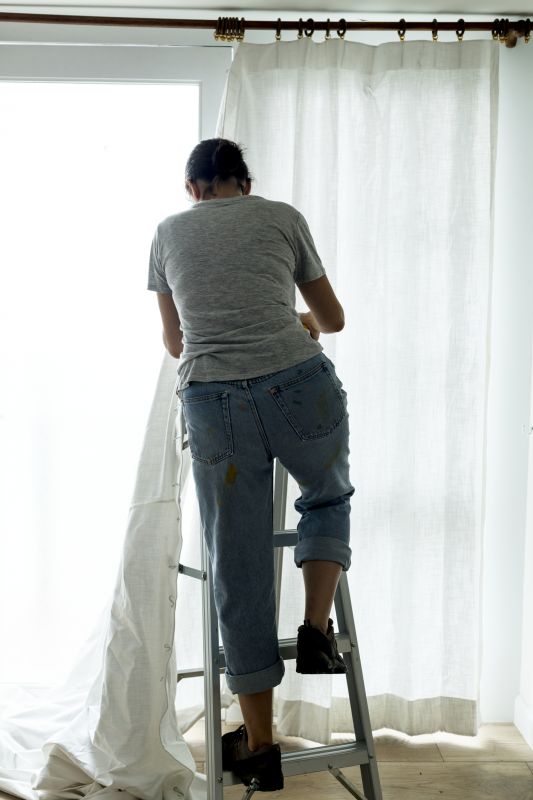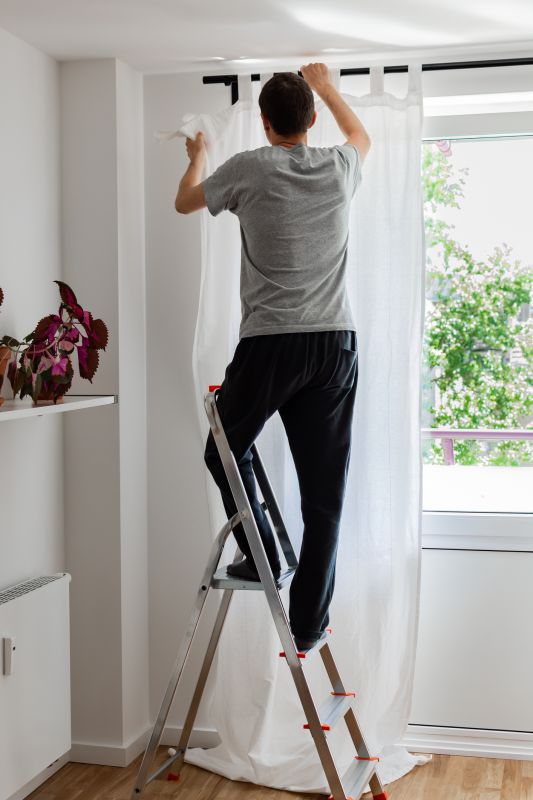Optimal Seasons for Drapery Installation
Drapery installations are typically scheduled based on seasonal weather conditions, interior design timelines, and project scope. The most favorable periods are often during mild weather seasons to facilitate easier access and installation. Planning during these times can minimize delays and ensure optimal results.
Mild temperatures and lower humidity levels make spring and fall ideal for drapery installations, reducing risks of weather-related disruptions.
Aligning drapery installation with interior renovation projects ensures seamless integration with other design elements.
Summer and winter may pose challenges due to extreme weather conditions, potentially causing delays.
Early planning and scheduling during off-peak times can lead to faster installation and better customization options.

Ways to make Drapery Installations work in tight or awkward layouts.

Popular materials for Drapery Installations and why they hold up over time.

Simple add-ons that improve Drapery Installations without blowing the budget.

High-end options that actually feel worth it for Drapery Installations.

Finishes and colors that play nicely with Drapery Installations.

Little measurements that prevent headaches on Drapery Installations day.
| Season | Advantages |
|---|---|
| Spring | Mild weather, lower humidity, optimal for installation |
| Summer | Longer daylight hours, but risk of heat and storms |
| Fall | Cool temperatures, less humidity, good for scheduling |
| Winter | Potential weather delays, but suitable for indoor projects |
Drapery installations are an essential component of interior design, providing both aesthetic appeal and functional benefits such as light control and privacy. Proper timing ensures that the installation process is smooth, minimizing disruptions and potential weather-related challenges. Seasonal considerations play a significant role in planning, with milder months offering the most favorable conditions for successful installation.



